Branched-chain amino acids (BCAAs) represent one of the most popular and heavily marketed dietary supplements in the fitness and athletic industries. Promoted for their purported benefits in stimulating muscle protein synthesis, enhancing recovery, reducing muscle soreness, and fighting fatigue, they have become a staple in the regimens of athletes and casual gym-goers alike. However, a significant disconnect exists between the robust cellular and molecular mechanisms established in controlled laboratory settings and the equivocal results observed in human clinical trials, especially in the context of a balanced diet. This article will deconstruct the science of BCAAs, critically evaluate the evidence for their claimed benefits, contrast these findings with pervasive marketing messages, and provide evidence-based recommendations for their potential use.
1. Introduction: What Are BCAAs?
To understand the debate, we must first define the subject. Amino acids are the fundamental molecular building blocks of proteins. Of the 20 standard amino acids, nine are classified as “essential” – meaning the human body cannot synthesize them de novo and they must be obtained through the diet.
Branched-chain amino acids (BCAAs) are a subgroup of three essential amino acids:
- Leucine
- Isoleucine
- Valine
Their name derives from their unique chemical structure, which features a branching side chain—a carbon atom connected to more than two other carbon atoms. This structure influences how they are metabolized.
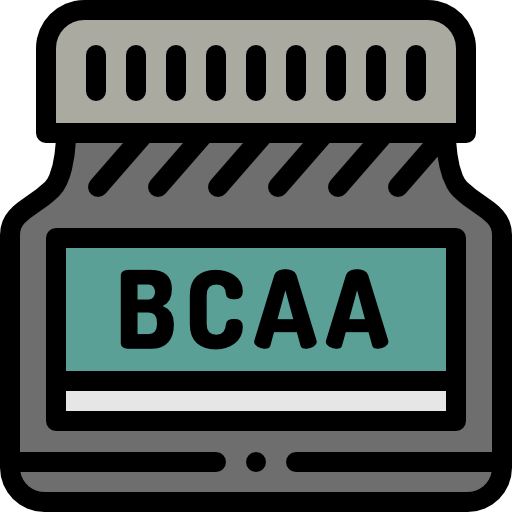
Unlike other amino acids, which are primarily catabolized in the liver, BCAAs are largely metabolized directly within skeletal muscle tissue. This unique metabolic pathway is a cornerstone of their proposed ergogenic benefits, as it allows them to be rapidly deployed for energy and signaling purposes during exercise.
The typical ratio found in most supplements is 2:1:1 (Leucine:Isoleucine:Valine), though other ratios exist. This ratio is not arbitrary; it is based on the relative importance of leucine, which we will explore in depth.
2. The Compelling Molecular Science: Why BCAAs Should Work
The theoretical case for BCAA supplementation is powerful and rooted in solid biochemical principles. At a cellular level, their mechanisms of action are well-documented.
See also: what BCAAs do to human body
A. The Master Regulator: Leucine and mTOR Activation
The most significant scientific argument for BCAAs centers on the role of leucine. Leucine is not merely a building block; it functions as a critical nutrient signal.
Inside muscle cells, leucine activates a complex biochemical pathway centered around a protein kinase called the mammalian Target of Rapamycin (mTOR). When activated (specifically, the mTORC1 complex), mTOR initiates the process of muscle protein synthesis (MPS)—the cellular machinery that builds new muscle protein. It does this by phosphorylating key downstream targets that kickstart the translation of genetic code into new muscle proteins.
In a fasted state or after exercise, providing a bolus of leucine is a potent pharmacological-like signal that tells the muscle, “Nutrients are available; it’s time to build and repair.” This mechanism is undeniable and is a primary reason why leucine is considered the most anabolic of the amino acids.
B. The Fuel Source: BCAAs as an Energy Substrate
During prolonged and intense exercise, muscle glycogen (stored carbohydrates) and blood glucose can become depleted. Under these conditions, the body seeks alternative fuel sources. BCAAs can be deaminated (their nitrogen group removed), and their carbon skeletons can enter the Krebs cycle to produce ATP, the cellular currency of energy.
This provides a direct, intramuscular energy source during endurance activities, potentially sparing glycogen and delaying the onset of fatigue.
C. The Fatigue Fighter: The Serotonin Connection
Central fatigue is a theory proposing that fatigue originates in the brain, not just the muscles. During prolonged exercise, the concentration of free fatty acids in the blood increases. This promotes the transport of the amino acid tryptophan across the blood-brain barrier.
In the brain, tryptophan is converted into the neurotransmitter serotonin (5-HT). Elevated serotonin levels are associated with feelings of lethargy, tiredness, and a reduced drive to motor neurons—essentially, the brain signaling the body to slow down.
BCAAs and tryptophan compete for the same large neutral amino acid (LNAA) transporter to cross the blood-brain barrier. The theory posits that supplementing with BCAAs increases their concentration in the blood, outcompeting tryptophan for transport into the brain. This would theoretically reduce serotonin synthesis in the brain, thereby delaying the perception of fatigue and allowing for prolonged exercise performance.

3. The Clinical Reality: What Does Human Trial Evidence Actually Show?
This is where the narrative becomes complicated. While the molecular mechanisms are sound, their translation into tangible, consistent benefits in healthy, well-nourished human subjects is far less clear-cut. The context of the entire diet is the critical, often-overlooked variable.
A. Muscle Growth (Hypertrophy)
Marketing Claim: “BCAAs build muscle and amplify your gains.”
Scientific Verdict: Largely Ineffective in Isolation and with Adequate Protein Intake.
This is the most critical point of contention. The mTOR pathway is not activated by leucine alone; it requires a full complement of essential amino acids (EAAs) to actually construct new muscle tissue. Think of it like building a house:
- Leucine is the foreman (it activates the workers and starts the project).
- All other EAAs are the bricks, wood, and wiring (the actual building materials).
You can have the best foreman in the world, but if you don’t have any bricks, the house won’t get built. Supplementing with BCAAs provides the foreman (leucine) but is missing most of the materials (other EAAs).
Multiple studies have demonstrated that while BCAAs can stimulate MPS, they cannot maximize it to the same extent as a complete protein source containing all EAAs. For individuals consuming sufficient daily protein (e.g., 1.6-2.2 g/kg of body weight), which already provides ample BCAAs and leucine, adding a BCAA supplement is redundant and unlikely to provide any additional hypertrophic benefit. The anabolic trigger is already being pulled multiple times a day by whole-food meals.
B. Muscle Recovery and Soreness (DOMS)
Marketing Claim: “BCAAs reduce muscle soreness and speed up recovery.”
Scientific Verdict: Mixed and Context-Dependent.
The evidence here is more nuanced. Some studies, particularly those involving trained athletes in a fasted state, show a modest reduction in markers of muscle damage (like creatine kinase) and a decrease in perceived muscle soreness (Delayed Onset Muscle Soreness or DOMS) following BCAA supplementation.
However, other studies show no significant effect. The benefit appears most pronounced in scenarios where overall protein intake is suboptimal or when training in a fasted state. If you consume a protein-rich meal or shake post-workout (e.g., whey protein, which is naturally ~25% BCAAs), the addition of BCAAs is unlikely to confer any further recovery advantage. The signal and materials for repair are already present.

C. Exercise Performance and Fatigue Reduction
Marketing Claim: “BCAAs boost energy and fight fatigue during your workout.”
Scientific Verdict: Weak and Inconsistent for Strength; Possibly Relevant for Endurance.
- Strength/Power Training: The evidence for BCAA supplementation improving performance in short-duration, high-intensity activities like weightlifting or sprinting is very weak. These activities are primarily limited by anaerobic energy systems and neural drive, not by the mechanisms BCAAs target.
- Endurance Training: The case is slightly stronger here. The theoretical benefits of providing an alternative fuel source and potentially reducing central fatigue via the serotonin pathway could be relevant in prolonged endurance events (>2-3 hours), like marathon running or long-distance cycling, where glycogen depletion is a real concern. However, even in these cases, the evidence is not overwhelming, and the practical benefit is often minor. Furthermore, well-formulated carbohydrate-electrolyte drinks are proven to be highly effective for endurance performance and likely overshadow any marginal benefit from BCAAs alone.
4. The Marketing vs. Science Dichotomy
The supplement industry thrives on selling hope and simplifying complex physiology. The marketing of BCAAs is a masterclass in this practice:
- Isolating Mechanisms from Context: Ads will highlight the “proven” role of leucine in activating mTOR, conveniently omitting the fact that this mechanism is useless for building muscle without the other EAAs present in whole protein.
- Using Fasted-State Studies to Sell to Fed Consumers: Many positive studies are conducted on fasted subjects. Marketers use these findings to sell products to people who typically eat before or after their workouts, a scenario where the benefits vanish.
- The “More is Better” Fallacy: The science of protein metabolism shows a dose-dependent response to EAAs up to a certain point (a “ceiling effect”). Marketing implies that endlessly adding BCAAs on top of an already high-protein diet will continue to yield benefits, which is biochemically implausible.
- Creating a Solution for a Non-Problem: For anyone consuming a balanced diet with adequate protein, a BCAA “deficiency” is virtually impossible. The market creates a perceived need for a product that, for most, is entirely unnecessary.
5. So, Who Might Actually Benefit from BCAAs?
BCAAs are not entirely without merit. There are specific, niche scenarios where supplementation could be justified:
- Fasted State Training: Individuals who train first thing in the morning without eating may benefit from BCAAs to provide a rapid anti-catabolic signal and fuel source until they can have a full meal. However, a serving of essential amino acids (EAAs) or even a small whey protein shake would be more effective.
- Specific Endurance Scenarios: Ultra-endurance athletes competing in events lasting many hours might use BCAAs as part of a nutritional strategy to combat central fatigue, though the evidence is still tentative.
- Medical Populations: BCAAs are clinically used in managing certain medical conditions, such as liver cirrhosis (to help prevent hepatic encephalopathy) and in patients with muscle-wasting diseases to help preserve lean mass.
- Vegans/Vegetarians with Limited Protein Intake: While whole protein is still superior, someone struggling to meet their protein needs might find a use case, though a complete protein powder would be a wiser choice.
- The Placebo Effect: The belief that a supplement is working can itself be a powerful performance enhancer. If a athlete truly believes BCAAs help them, that perceived benefit has real-world value, even if it’s not directly physiological.
6. Evidence-Based Alternatives to BCAA Supplements
If your goal is muscle growth, enhanced recovery, and improved performance, your money is far better spent on proven nutritional strategies:
- Prioritize Total Daily Protein Intake: This is the single most important factor. Aim for 1.6 – 2.2 grams of protein per kilogram of body weight per day from high-quality sources like chicken, fish, eggs, dairy, lean beef, or plant-based proteins like tofu, tempeh, and lentils.
- Time Your Protein: Distribute your protein intake evenly across 3-4 meals, each containing ~0.4 g/kg of body weight (or ~20-40 grams per meal for most people). This provides a repeated, maximal stimulus for MPS throughout the day.
- Choose Leucine-Rich Protein Sources Post-Workout: Your post-workout meal should contain a fast-digesting, leucine-rich protein source. Whey protein isolate is the gold standard, as it is rapidly absorbed and has a very high leucine content (~2.5-3g per serving). Other complete proteins work well too.
- Consider an EAA Supplement: If you insist on a intra-workout supplement, Essential Amino Acids (EAAs) are a scientifically superior choice to BCAAs. They provide the crucial foreman (leucine) and all the necessary building materials.
- Don’t Neglect Carbohydrates: Post-workout carbohydrates replenish glycogen stores and create an insulinogenic environment that is conducive to recovery and anabolism.
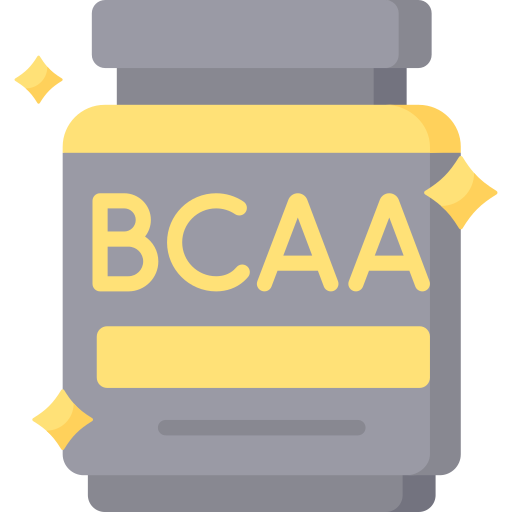
7. Conclusion: The Final Verdict
The scientific story of BCAAs is a tale of powerful molecular mechanisms that fail to translate into consistent, practical benefits for the majority of users.
The fundamental flaw in the BCAA argument is the failure to acknowledge that they are a component of a larger nutritional system. Isolating them from the complete matrix of essential amino acids provided by dietary protein severely limits their efficacy.
For the average individual consuming adequate daily protein, BCAA supplementation is largely a redundant and financially wasteful practice. The marketing claims vastly overstate the clinical evidence. The money spent on a tub of BCAAs would yield infinitely greater returns if invested in whole foods, a high-quality whey or plant-based protein powder, or even a more comprehensive EAA product.
Final Recommendation: Focus on the foundation: total calorie intake, sufficient daily protein from whole foods, and intelligent meal timing. View supplements not as magic bullets, but as potential tools to supplement an already solid diet. In the vast majority of cases, BCAAs are a tool that is simply not needed in the toolbox.
Worth a read: Authenticity Check – Verify Supplements for Safety & Quality
References:
- Wolfe, R. R. (2017). Branched-chain amino acids and muscle protein synthesis in humans: myth or reality?. Journal of the International Society of Sports Nutrition, 14(1), 1-7.
- Jackman, S. R., Witard, O. C., Jeukendrup, A. E., & Tipton, K. D. (2010). Branched-chain amino acid ingestion stimulates muscle myofibrillar protein synthesis following resistance exercise in humans. Frontiers in Physiology, 8, 390.
- Norton, L. E., & Layman, D. K. (2006). Leucine regulates translation initiation of protein synthesis in skeletal muscle after exercise. The Journal of nutrition, 136(2), 533S-537S.
- Plotkin, D. L., Delcastillo, K., Van Every, D. W., Tipton, K. D., Aragon, A. A., & Schoenfeld, B. J. (2021). Isolated leucine and branched-chain amino acid supplementation for enhancing muscular strength and hypertrophy: a narrative review. International Journal of Sport Nutrition and Exercise Metabolism, 31(3), 292-301.
- Newsholme, E. A., & Blomstrand, E. (2006). Branched-chain amino acids and central fatigue. The Journal of nutrition, 136(1), 274S-276S.
- Kephart, W. C., Mumford, P. W., McCloskey, A. E., Holland, A. M., Shake, J. J., Mobley, C. B., … & Moon, J. R. (2016). Post-exercise branched-chain amino acid supplementation does not affect recovery markers following three consecutive high intensity resistance training sessions. Journal of the International Society of Sports Nutrition, 13(1), 1-9.
- VanDusseldorp, T. A., Escobar, K. A., Johnson, K. E., Stratton, M. T., Moriarty, T., Cole, N., … & Mermier, C. M. (2020). Effect of branched-chain amino acid supplementation on recovery following acute eccentric exercise. Nutrients, 10(10), 1389.


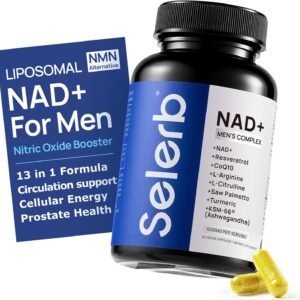
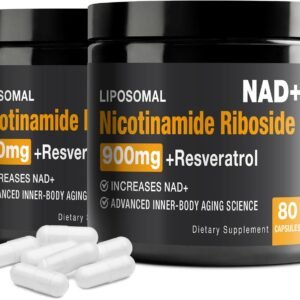
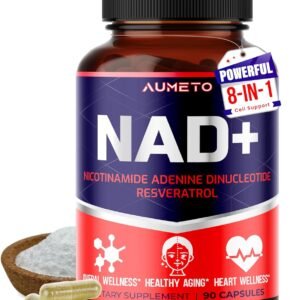

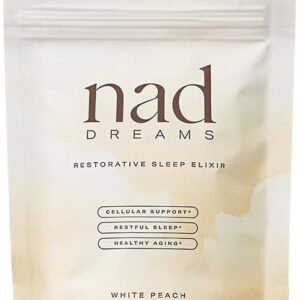
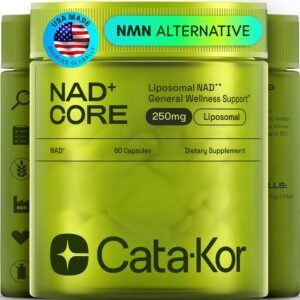
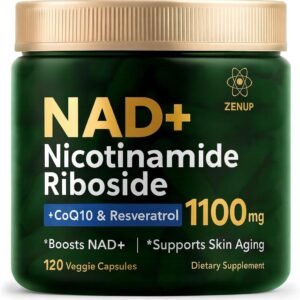
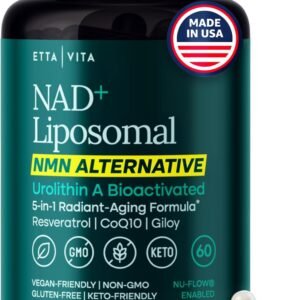









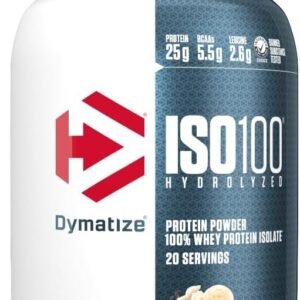


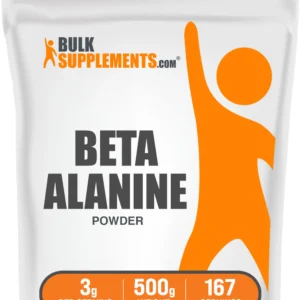

4 Comments
[…] it works:Most pre-workouts combine caffeine, beta-alanine, citrulline malate, and sometimes creatine to enhance energy, focus, […]
[…] standout feature is its rapid digestibility and high concentration of Branched-Chain Amino Acids (BCAAs), particularly leucine, which is a primary trigger for muscle protein synthesis […]
[…] is compact but stocked for quick purchases — electrolytes, travel-size protein, energy chews, and pre-workout — which makes it perfect for last-minute needs before hitting the beach or gym. The staff tends […]
[…] size / concentration — check grams of BCAA per scoop (often 5–7 g but formulations […]